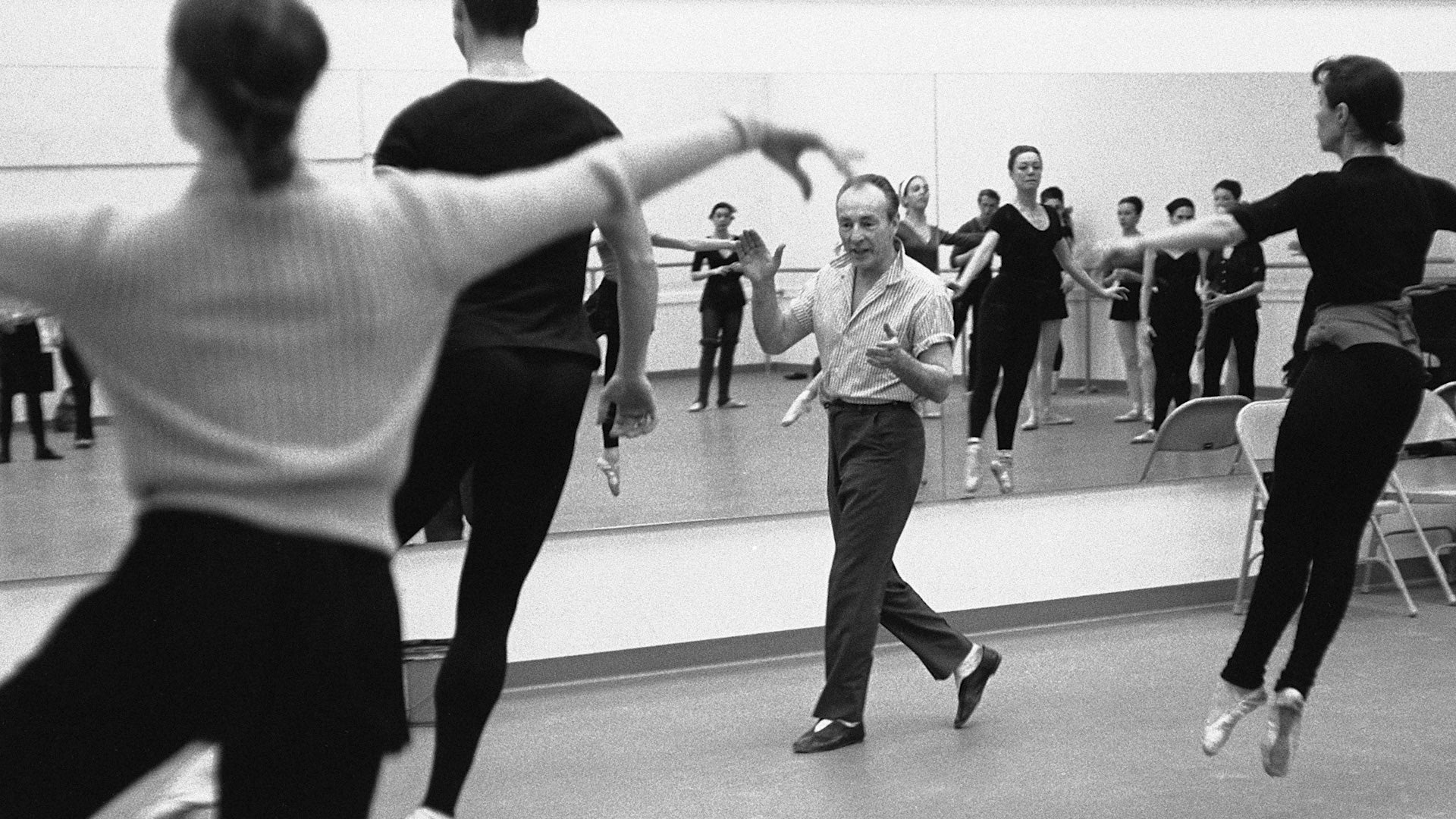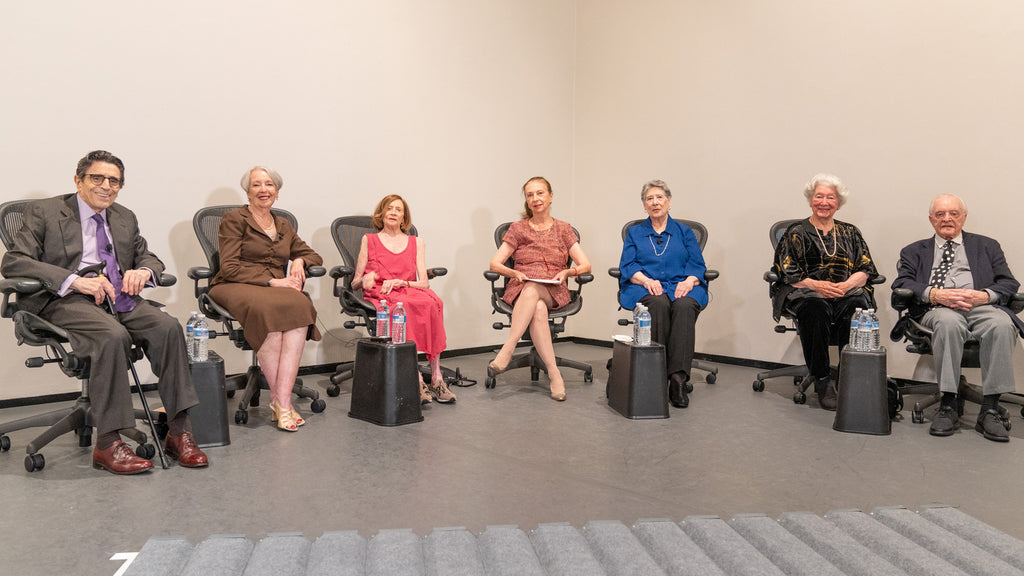Natural Histories
Miriam Miller steps into the center and raises her arm with deliberation, pressing her palm upward to the vaulted Gothic ceiling of the cathedral.
Continue Reading
World-class review of ballet and dance.
Early this week, the world of New York City Ballet was enlivened by the arrival of more than two hundred dancers, all former members of the troupe. The company is celebrating its 75th year of existence. Some of these dancers, like Robert Barnett, age 98, were there practically at the very beginning. Barnett joined in the company’s second season, in 1949, as did Barbara Bocher Henry, who signed up when she was only fourteen. The two were often partnered onstage in the four years they overlapped at the company. Both traveled to New York for the festivities.



“Uncommonly intelligent, substantial coverage.”
Your weekly source for world-class dance reviews, interviews, articles, and more.
Already a paid subscriber? Login

Miriam Miller steps into the center and raises her arm with deliberation, pressing her palm upward to the vaulted Gothic ceiling of the cathedral.
Continue ReadingIn a series called “Just Dance” on Nowness—a site I sometimes visit to see what’s up in the world of “genre busting” dance films that make it onto this stylized platform—I sometimes find little gems that quietly rock my world.
Continue ReadingBack in October, New York City Ballet got a new cowboy. His arrival occurred in the final section of George Balanchine’s “Western Symphony.”
Continue ReadingWhen Richard Move enters from stage left, his presence is already monumental. In a long-sleeved gown, a wig swept in a dramatic topknot, and his eyes lined in striking swoops, the artist presents himself in the likeness of Martha Graham—though standing at 6’4, he has more than a foot on the late modern dance pioneer.
Continue Reading
Even better!
While Barbara Bocher Henry was clearly a gifted strong technician, when asked to confirm Robert Barnett’s memory of her executing an unassisted arabesque promenade en pointe, she could not take credit. She could however do it unassisted on demi-pointe and once remembers doing 10 pirouettes en pointe at La Scala!